FAITH, RELIGIOSITY, DANCE, MUSIC, COLORS AND THE JOY THAT IS EXPERIENCED IN THE FEAST OF THE VIRGIN OF CANDELARIA
The Puno region of Peru is located between the foothills of the beautiful Andean mountains and ends abruptly on the shores of Lake Titicaca. It is known as the folkloric capital of Peru; a statement hard to deny when we see Aymara and Quechua women and men dressed in beautiful traditional attire and colorful costumes, with children carried on their shoulders in brightly colored cloaks. Every year in February, the people of the Puno region live with intensity and joy a festival with religious overtones, which inspires and encourages the hearts of thousands of files and visitors from all over the world. Many months of the year, numerous dance groups are prepared in advance, including men and women who wear colorful costumes of lights, which parade the long streets of the city, dancing happily to the rhythm and sound of the rhythmic music bands. The Festivity of the Virgin of Candelaria, every year approximately expects to receive no less than 85,000 visitors between nationals and foreigners.
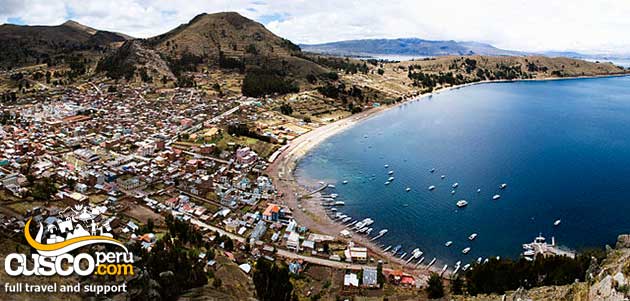
Dozens of groups of dancers congregate from seven in the morning in the stadium or sports field named after Enrique Torres Belon in the region of Puno, to participate in the huge and popular festivity, through the renowned contest of typical dances of the entire region.

This traditional festival was recognized in November 2014, as "Intangible Cultural Heritage of Humanity; recognition granted by the United Nations". It is a festival that Peru celebrates with pride.
The region of Puno, considered the Folkloric Capital of Peru and America, is immensely rich in dances, music, customs and legends. It is famous for its varied and colorful folklore, possibly the richest region of Peru in customs that dazzles the continent, whose maximum expression is manifested in the feast of the Virgen de la Candelaria.
During the month of February, in the first days, Puno is transformed and its streets are invaded by the faithful, by dancers with colorful costumes, by tourists and visitors who worship and pay homage to the patron saint of the city; the "Virgen de La Candelaria", known as "La Mamacha Candelaria". Puno is filled with faith and lives intensely its "carnivals", becoming one of the largest religious celebrations in the country since colonial times to the present day.
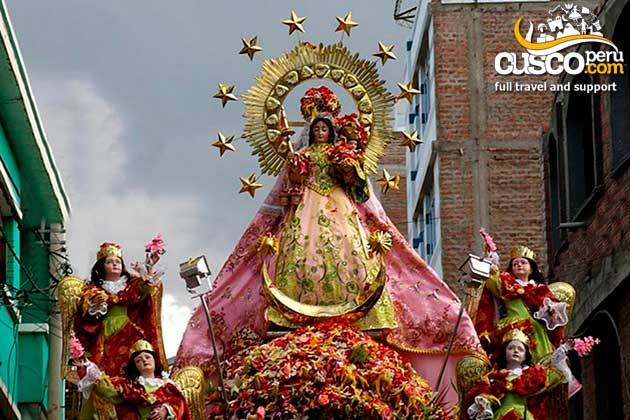
The "Mamacha Candelaria" is accompanied by a multitude that prays, thanks and asks for miracles. She is honored with prayers and altars that are prepared to honor her.
The feast of the Candelaria lasts sixteen days, beginning on February 2 with a Eucharistic celebration in the Temple of the central square of Manuel Pino Park and the congregation of groups and musicians, in the midst of people from all over the world, to appreciate this spectacular religious festival.
After the Eucharistic celebrations, the joy of living a religious event that has the people alive and very close to their "Mother", is evident with the beginning of the dances accompanied by the bands of musicians who begin to parade through the streets of the city, while the image of the Virgin patron of the town, is carried in procession through the streets of Puno and its faithful devotees. The days following the beginning of the festivities, fairs and parties are held in the most popular neighborhoods, where people drink and dance to the rhythm of the music and dances of Puno, during the day and night. The apotheosis of the festivity takes place on February 12, when hundreds of groups show respect and veneration to the image of the "Virgen de la Candelaria", with their joyful dances, along the procession.

On the night of February 2nd, the streets of the city continue to be blocked by a crowd of people outside the temple of Manuel Pino Park, near the main square. While the enormous and short skirts of the dancing women wave between purple, fuchsia, blue, yellow and silver colors, under the night sky; the petals of roses rain from the balconies of the city, on the venerated Virgin; they are the faithful devotees who bathe her with flowers, honoring and pleasing the "Mother" of the people.
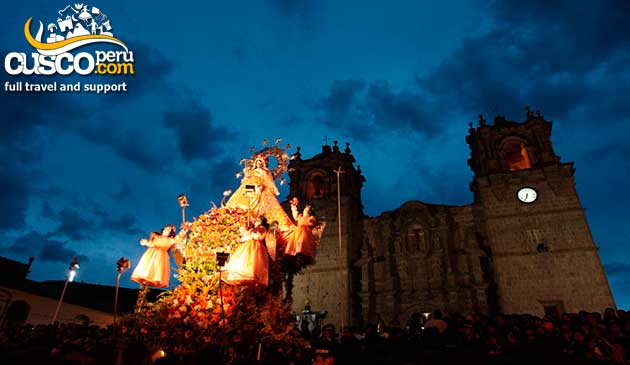
The faces of the faithful are being moistened with the holy water that the priest is pouring on the pilgrims, suddenly the sweet and earthy aroma of the holy stick that the devotees are carrying in their hands, while hundreds of lit white candles illuminate the streets.
Following the passage of the multitudinous procession, the beloved Virgin is taken to the Cathedral of Puno. Sometimes the soft rain accompanies the passage of the faithful and visitors; but it does not prevent the apotheosis from continuing its course.
Meanwhile; street vendors are offering the well-known "anticucho de corazón" (beef viscera or skewers of fried meat and potatoes) and other succulent snacks such as meat and cheese empandas. On the other hand, it is very common to see street stalls and some establishments selling the traditional purple "Api" which is a drink made mainly of purple corn, water, sugar and cinnamon. However, each seller of "Api" gives it his own touch, with aromas of anise, or fruits such as pineapple or orange. The "Api" is a hot drink of Bolivian origin, which forces its inhabitants to consume it to combat the harsh cold climate of the altiplano. The proximity between Peru and Bolivia, has allowed the entry of a strong influence of customs and traditions between both countries; in the expressions that strongly mark their identities, music, dance and gastronomy. The delicious hot "Api" is commonly accompanied by a huge and pleasant cheese empanada.
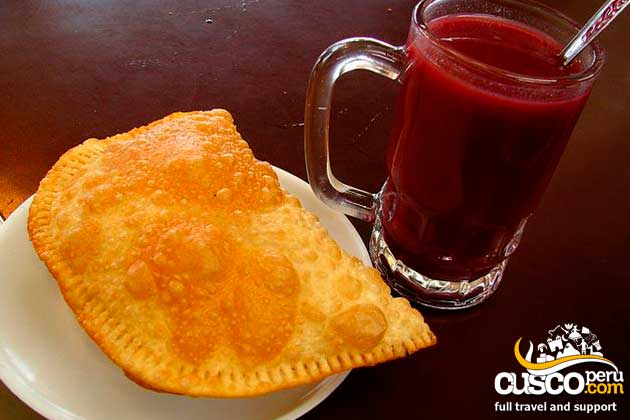
By midnight, panpipes and other percussion instruments are playing throughout the streets, amidst a fusion of beautiful sounds, typical of the festival. Groups of dancers jump around while waving handkerchiefs.
"Did you know that the Virgin of Candelaria wears more than 50 beautiful and striking dresses?", every year they change her attire, wearing a new and beautiful one for each one. On the other hand, almost half of the musical bands are brought from Bolivia. We are pleased to see how this neighboring country, its music and traditions, also accompany the extraordinary festival, in an effort to express their love and faith to the patron saint of Puno, and share with the brother country, their dance and music.
There is no lack of colored lights, while the fuses are lit and begin to whistle and spin, with the castles and fireworks, which fly through the roofs of the houses. It is a spectacular event that fills the town with joy.
The next day while the sun often shines and other times the rain appears; the procession continues until a certain part of the day. In the afternoon before nightfall, the troupes and groups of dancers again begin to walk the streets of the city and people crowd around the streets and sidewalks to see the dancers pass, who are filled with applause and shouts of joy. The Aymara women with huge hats lined with feathers and natural flowers, dressed and uniformed particularly with fifteen heavy colored skirts, who offer the dance of the "waka waka" in the middle of colorful choreographies; followed by groups of older men who wear bright costumes and carry joyfully in their hands, wooden rattles that sound to the beat of the bands. At the same time, groups of dancers dressed as gorillas, birds, women wearing colorful sequined bodices and short skirts with huge heels continue the dance. Between dances, the Sikuris appear, represented by groups of approximately 50 to 60 musicians who advance energetically playing the zampoñas, to the rhythm of the dances and the sound of the drums and bass drums. The Mamacha de la Candelaria continues to be carried by her faithful devotees, in the midst of a party that is enveloping the population with much joy and feelings that the Patroness inspires in them.
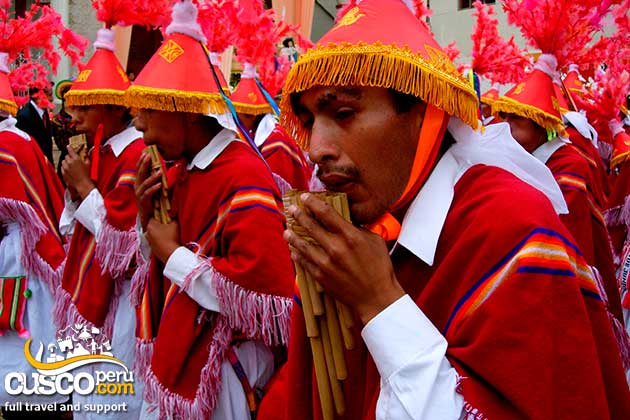
What important dates should we take into account if we visit Puno during this holiday?
The dance contest takes place at the Enrique Torres Belón Stadium. The contest of the autochthonous dances took place on Sunday, January 31, 2016, while the costume of lights contest will be held on February 7 and the parade and veneration of dances will be held on February 8 of the following year.
In this way, perhaps indescribable in words; it will be essential that your eyes see, your ears hear and your senses awaken; scheduling your trip and preparing your bags, to visit Puno in the month of February every year. The magic of the music, the dances, the colorful costumes and lights, the regional gastronomy and other customs, mixed with the feelings of faith, devotion and the immense love that the faithful devotees have for the Virgin of Candelaria, are lived through an unforgettable experience in the Folkloric Capital of America, Puno, which you can not miss and schedule within your travel itinerary within your extraordinary journey through Peru.
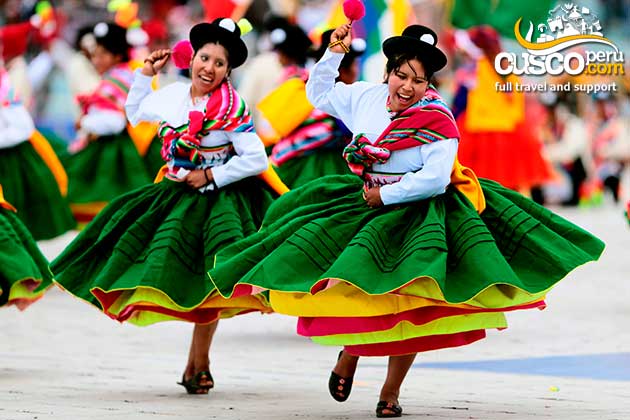
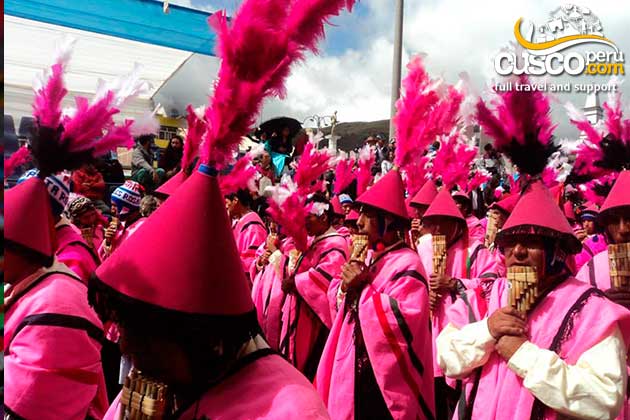
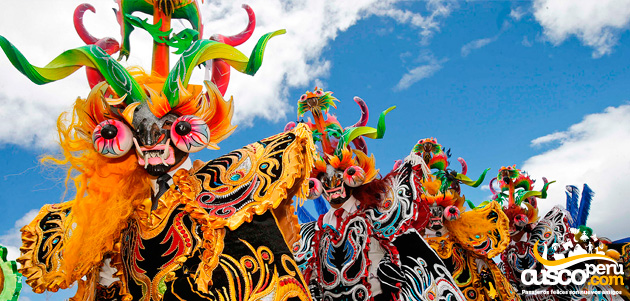


Happy passengers